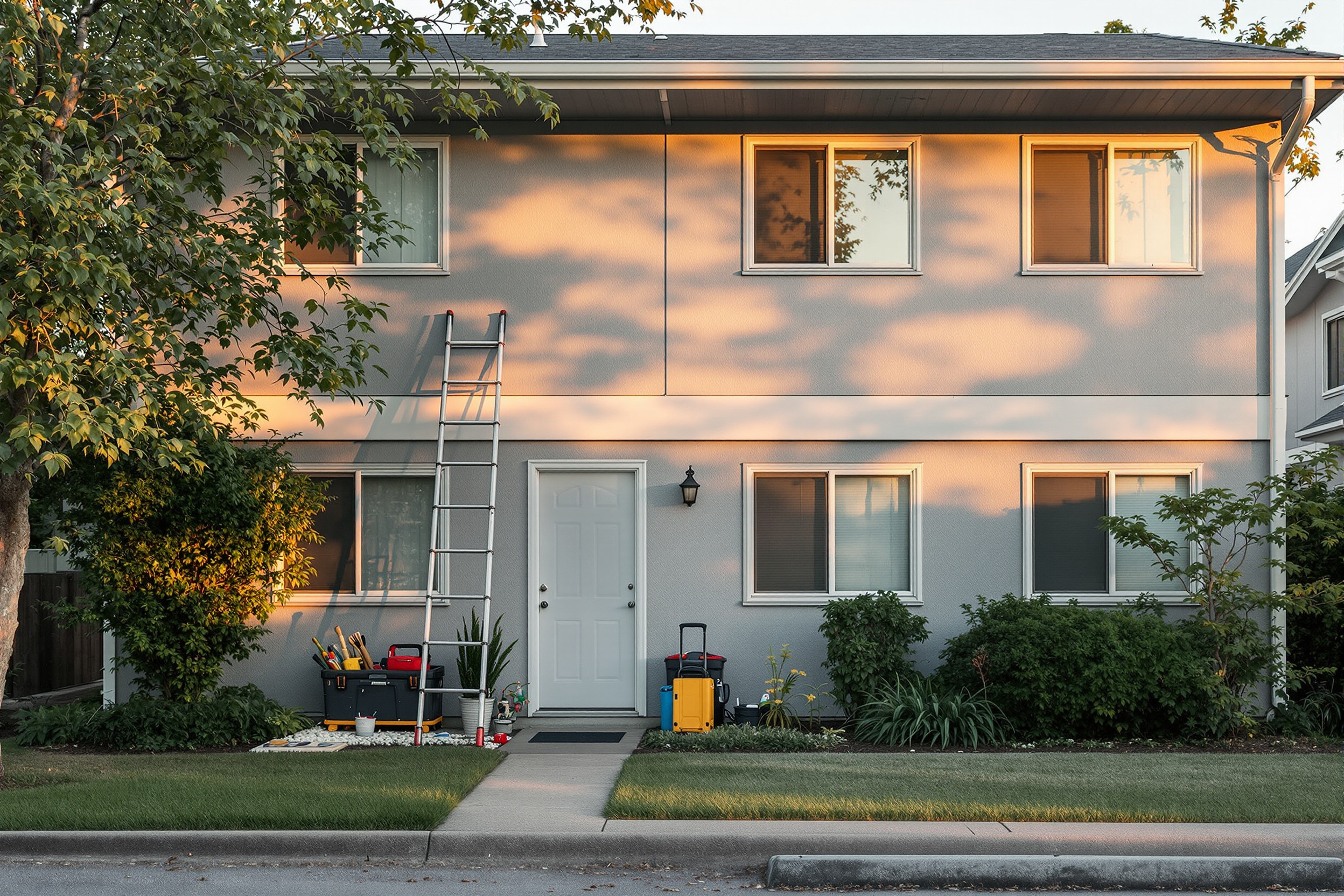Real estate investors have begun to see insurance premiums rise due to inflation. There are several factors at play and a few practical ways to avoid unnecessary increases.
Insurance premiums across the board are increasing at a fever pitch due to rising inflation and the increase in catastrophic weather events. While there are a few practical ways to keep your insurance costs from rising, inflation, labor trends, supply chain issues, and weather events are all out of your control and your wallet is likely to bear the burden.
In this article, we’ll focus on how inflation is directly impacting real estate investors, from an insurance perspective, as well as a few options you have to avoid unnecessary increases in premium price.
Calculating Insurance Premium Pricing
When calculating premium pricing, insurance companies like Obie look at a variety of factors to determine the policy cost. These factors include, but are not limited to:
- number of claims
- type of claims
- age of the home
- age of the roof
Here is an example of how the insurance industry determines insurance premium costs:
About 70% of cost of your policy is priced on the value of your properties replacement costs known as coverage A. If materials and labor have risen an estimated 20% since last year, you can typically expect your policy to go up 14% based on your replacement cost alone.
Here’s what that math ends up looking like:
70% of Premium x 20% = 14% increase in premium costs
As an example, let’s assume you have a 3-bed, 2-bath, single-family rental located near Cleveland, OH with an annual premium of $1,500. Your premium may now be closer to $1,710/year. Here’s what that math looks like:
$1,050 (70% of Premium) x 20% = $210 increase in premium costs
Let’s dig in further to see why premiums have gone up for so many real estate investors.
Why Your Insurance Likely Increased This Year
Housing material and labor costs have increased. Material and labor directly affect insurance premiums due to the replacement cost. Replacement cost, based on how it is calculated, makes up a large majority of the cost of your insurance premium.
Rising Costs of Materials
We have all seen the price of lumber rising along with other commodities that are associated with the rebuild costs of a home. Because overall buying power has been greatly reduced, the price for materials alone has gone up exponentially.
Let’s break this down further.
Price per Gallon of Gas
A popular topic in the news on a regular basis is the price of gas by the gallon. This directly affects the cost of the transportation of all goods—including building materials being imported and transported throughout the country. As gas prices continue to rise, suppliers, service providers, and retailers across the country need to adjust their prices. Ultimately, this leads to an increase for nearly all goods and services, including those required to repair and replace homes. For that reason, insurance providers also must account for the increase in prices which is reflected in insurance premiums.

Rising Cost of Lumber
Lumber futures, while down from earlier in the year, are still up tremendously from pre-pandemic levels. The dramatic increase puts strain on all industries requiring lumber, but especially with regards to replacement costs of any dwelling. Combined with the extremely high demand of new housing, this only increases the cost of replacement for existing dwellings.

Labor Shortages Drive Up Wages
The rise in inflation has increased the cost of everyday consumer goods, and in order to maintain buying power we are now seeing an increase in wages for labor.

Wage increases impact the rebuild cost of your home. Supply and demand also increased the cost of skilled labor. Supply of labor has been limited due to a national shortage of trade workers. As of April 2022, the construction industry is down by about a half a million skilled workers. When you combine those two factors the results are wage increases of more than 10% year over year which are not expected to slow down in the coming 12-18 months.
With roughly 20% of the replacement cost of your investment property being labor costs and commodity costs, the price to replace your property has now gone up significantly and it is not the fault of the insurance company. When those costs increase, the price of insurance premiums will likely increase as well, and in certain geographies upwards of 20-30% in some geographies year over year.
Severe Weather Strains Suppliers and Service Providers
Catastrophic storms have increased in severity and frequency. 2020 produced more individual billion dollar storms than any year on record with 22 storms, which smashed the previous record of 16. Many have predicted that 2022 is likely to be a particularly bad year in terms of weather.

Raising Rents Also Raising Insurance Premiums
A small, but not insignificant percentage, of your policy cost pays for a displaced tenant and the lost revenue on your property (Coverage D with most carriers). As your rental income climbs, so does your premium. This is important to note as anywhere between 5-10% of premium costs land in this section. Rents in many areas have gone up as much as 20-25% in the last 18 months. With increases like this, you can expect on the low end for your policy premium to adjust in kind.
Here’s what this looks like:
20% (rent increases) x 5% (premium costs) = 1% gross premium increase
This also serves as a reminder to always be updating the income of the property and to make sure you make these policy adjustments annually.
What are Options for Real Estate Investors to Reduce Premium?
Despite rising costs of goods and services, increased severity of catastrophic weather events, and other factors linked to the rise in insurance premiums, real estate investors are not left without options.
Here are several things you can do as an investor to avoid unnecessary increases in insurance premiums:
- Remaining claims-free for 5 or more years will have a big impact
- Maintain consistent property care to avoid deferred maintenance issues and claims
- Explore payment options like automatic payments or paying for the year in full
- Increase your deductible
- Replace roofs that are older than 20+ years old
- Consider new or different building materials that will help to reduce your risk when building from the ground up
If you’re not an Obie customer, you can get an instant quote or ask your insurance company how they can help you avoid high-cost insurance.
Keep in mind, with Obie you can customize your coverages and manage your risk so you get the best rate.
Additional Sources:







